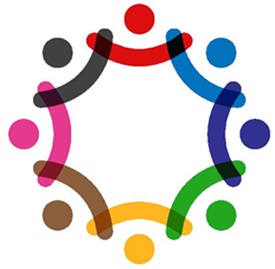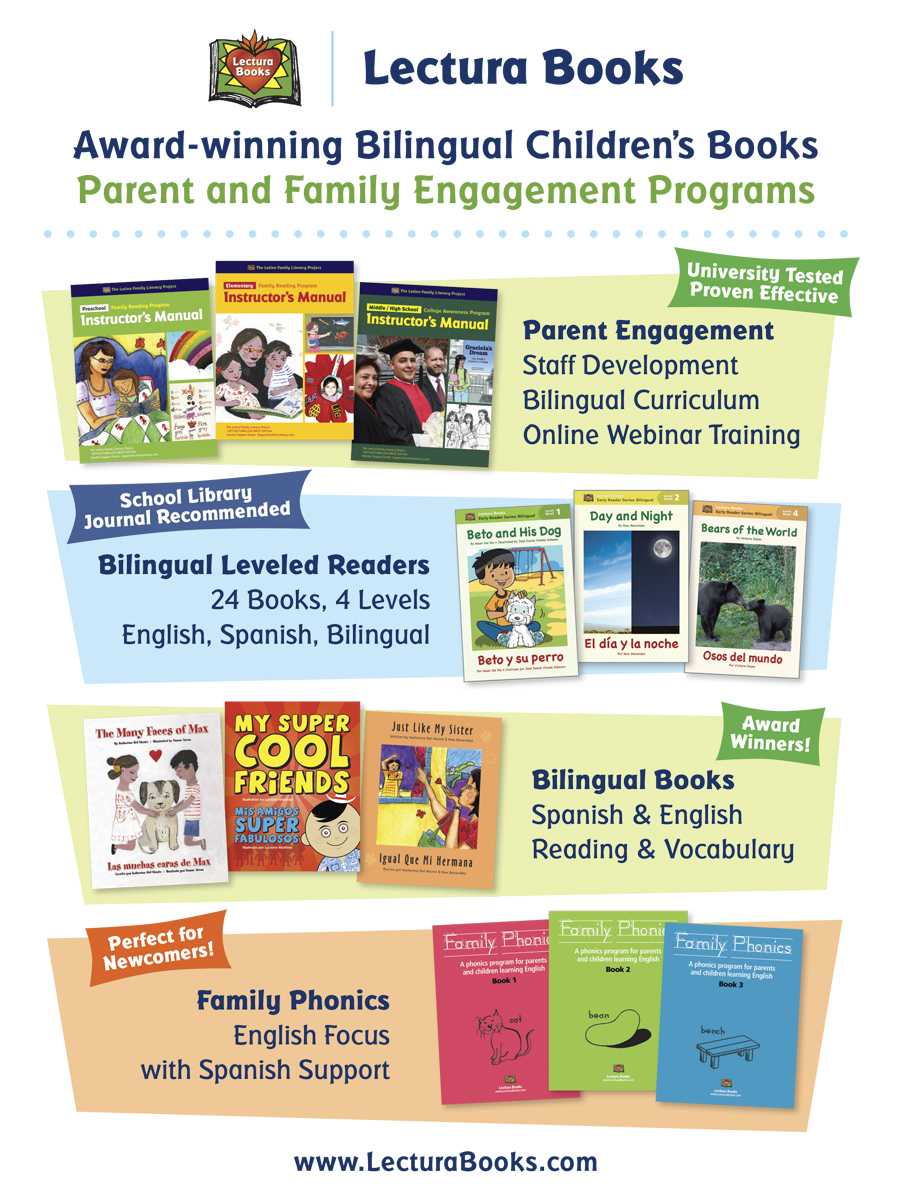How to Connect With English-Language Newcomers: Teachers Share Their Favorite Lessons
In this Larry Ferlazzo blog, teachers share their best lessons for newcomers.
 Julia López-Robertson, a professor of teacher education at the University of South Carolina, writes about a book she used that resonated with her students. She recommends getting to know students’ interests: activities, music, and favorite stories. She had planned to base some lessons on a book about professional wrestling: Niño Wrestles the World. The children were so fascinated by the story that it became the basis for artwork, writing, discussions about their families, and a study about the author. Her takeaway from this experience is that “The books in our classrooms and libraries should reflect our students’ lives, languages, cultures, and ways of knowing and should also invite them to worlds as yet unfamiliar. The right book invites us into students’ worlds rather than only bringing students into our worlds. Connected to their worlds, students have so much more to share, and when they find that book, or the book finds them, … school becomes a place where students joyfully and eagerly share their connections.”
Julia López-Robertson, a professor of teacher education at the University of South Carolina, writes about a book she used that resonated with her students. She recommends getting to know students’ interests: activities, music, and favorite stories. She had planned to base some lessons on a book about professional wrestling: Niño Wrestles the World. The children were so fascinated by the story that it became the basis for artwork, writing, discussions about their families, and a study about the author. Her takeaway from this experience is that “The books in our classrooms and libraries should reflect our students’ lives, languages, cultures, and ways of knowing and should also invite them to worlds as yet unfamiliar. The right book invites us into students’ worlds rather than only bringing students into our worlds. Connected to their worlds, students have so much more to share, and when they find that book, or the book finds them, … school becomes a place where students joyfully and eagerly share their connections.”
Monisha Bajaj is a professor at the University of San Francisco School of Education, and Tatiana Chaterji is the restorative justice facilitator at Fremont High School in California’s Oakland Unified school district. They write about the importance of conveying the messages that “You matter. You belong. You are part of this community.” to newcomer students and their families. They list questions for intake interviews used to discover students’ background and goals. They also recommend taking time in the classroom for students to build relationships with each other using “community-building circles in the tradition of restorative justice”. To do this successfully, they offer these suggestions: Have a student help plan questions and activities for the circles. If possible, encourage use of home languages in the discussions. Create sensitivity to differences that students may encounter in their discussions.
Stacey Diaz writes from her experience as a district ESL program counselor in North Carolina. Finding that “Multilingual learners are traditionally underrepresented in advanced classes and programs”, she prepared a lesson, College and Career 101, for 8th grade students so they would know what courses to take in high school. In the lesson, they worked on a career-interest inventory in English or Spanish, and then used the Occupational Outlook Handbook to discover what careers they might like to pursue. They learned about resources that could help them plan for college. This information was also shared with students’ parents. The culmination was a visit to the University of North Carolina. The final result was that, “Students who did not see themselves attending college were now excited about the possibility.”

 Teresa Amodeo, an ESL/language-acquisition program coordinator in Illinois, writes about using visuals with a newcomer. She posted bilingual labels on commonly used classroom objects and then created a pamphlet with sentences using these words, so the student could ask for permission to go to the restroom, her locker, etc. Amodeo encouraged other teachers to talk with the student individually since the student seemed to be afraid to speak up in the class. A few weeks after the student arrived, she continued to use visuals and translations for concepts in content classes.
Teresa Amodeo, an ESL/language-acquisition program coordinator in Illinois, writes about using visuals with a newcomer. She posted bilingual labels on commonly used classroom objects and then created a pamphlet with sentences using these words, so the student could ask for permission to go to the restroom, her locker, etc. Amodeo encouraged other teachers to talk with the student individually since the student seemed to be afraid to speak up in the class. A few weeks after the student arrived, she continued to use visuals and translations for concepts in content classes.
